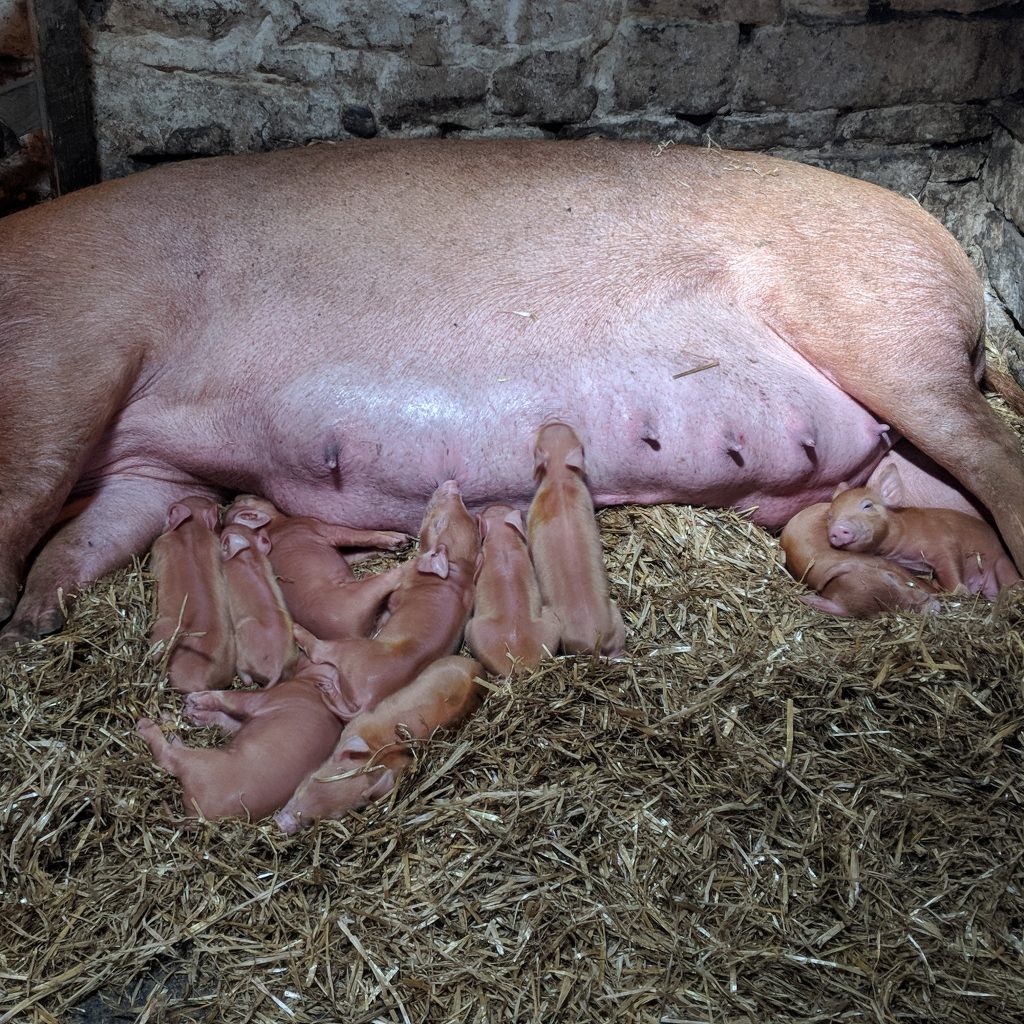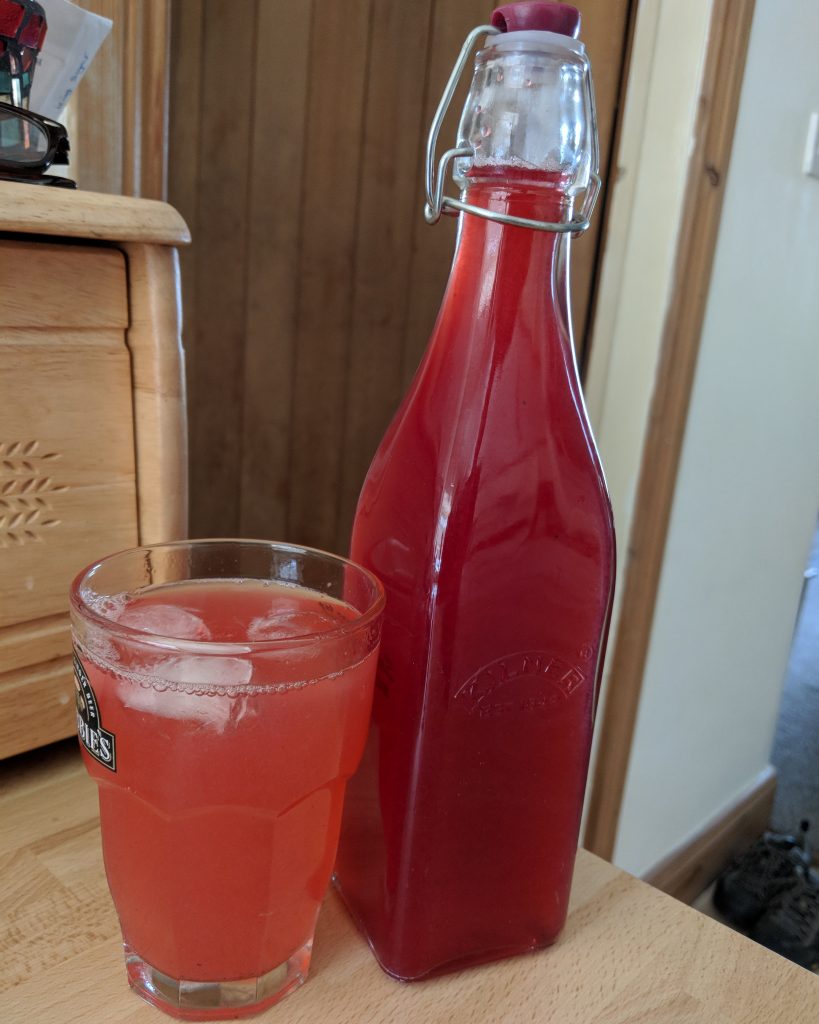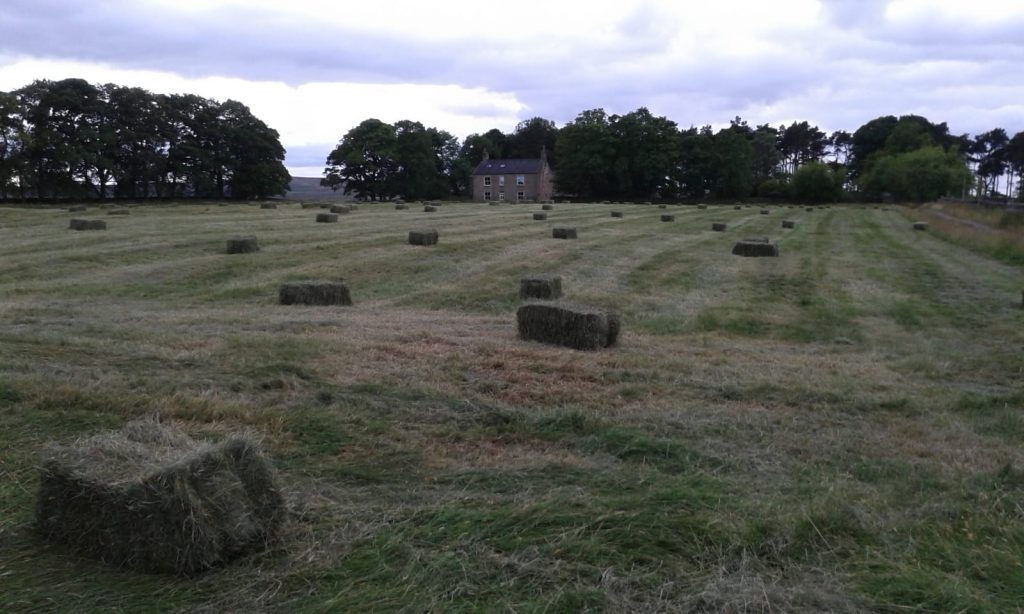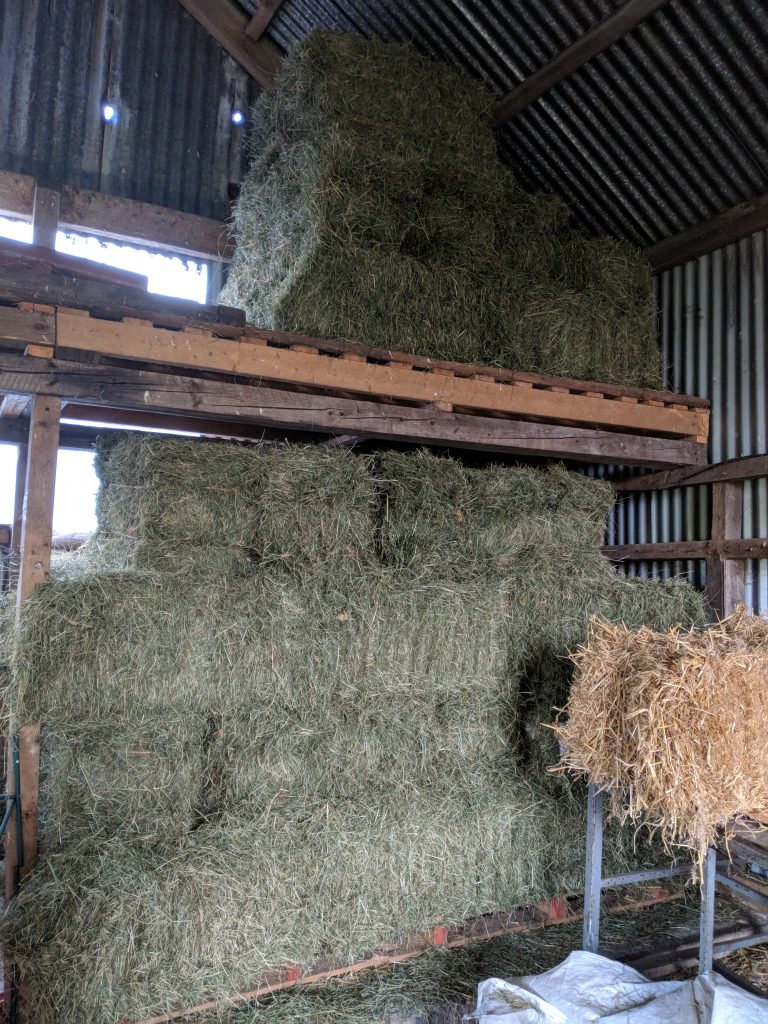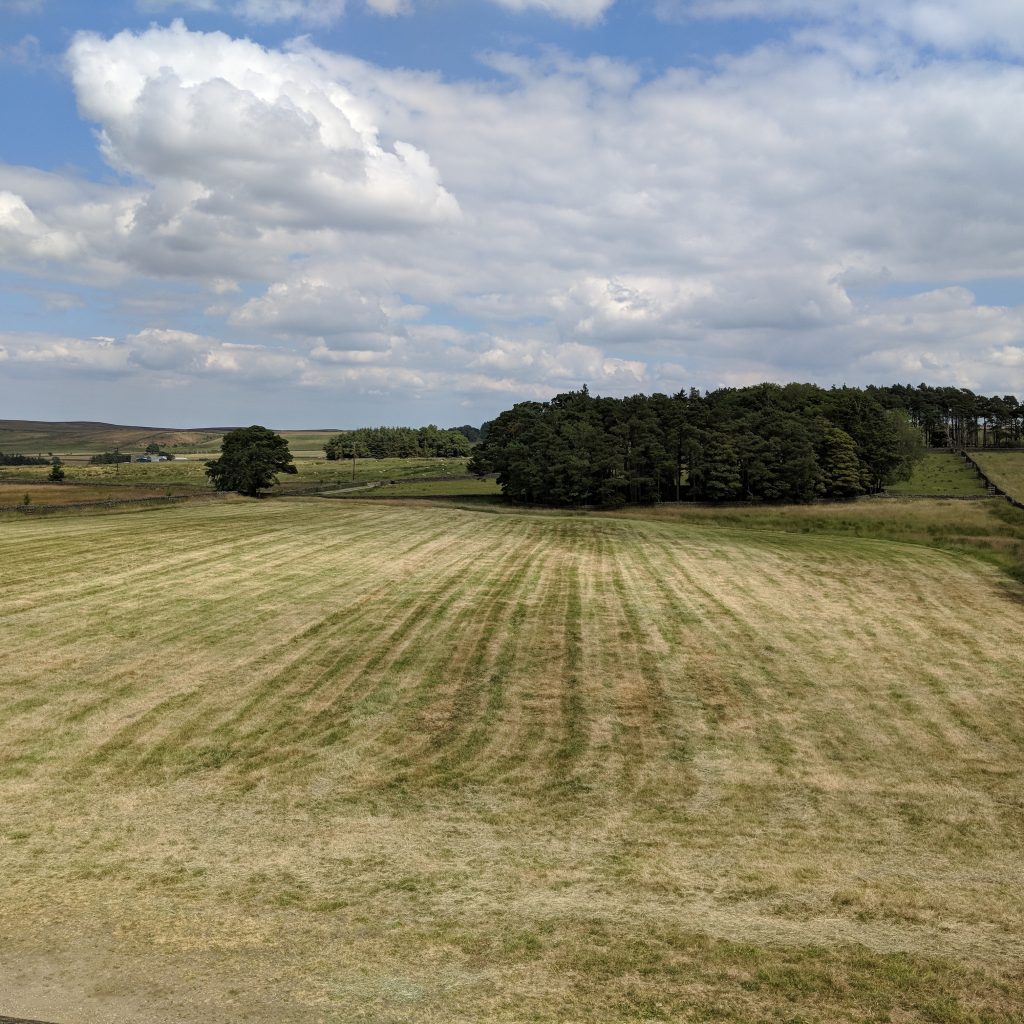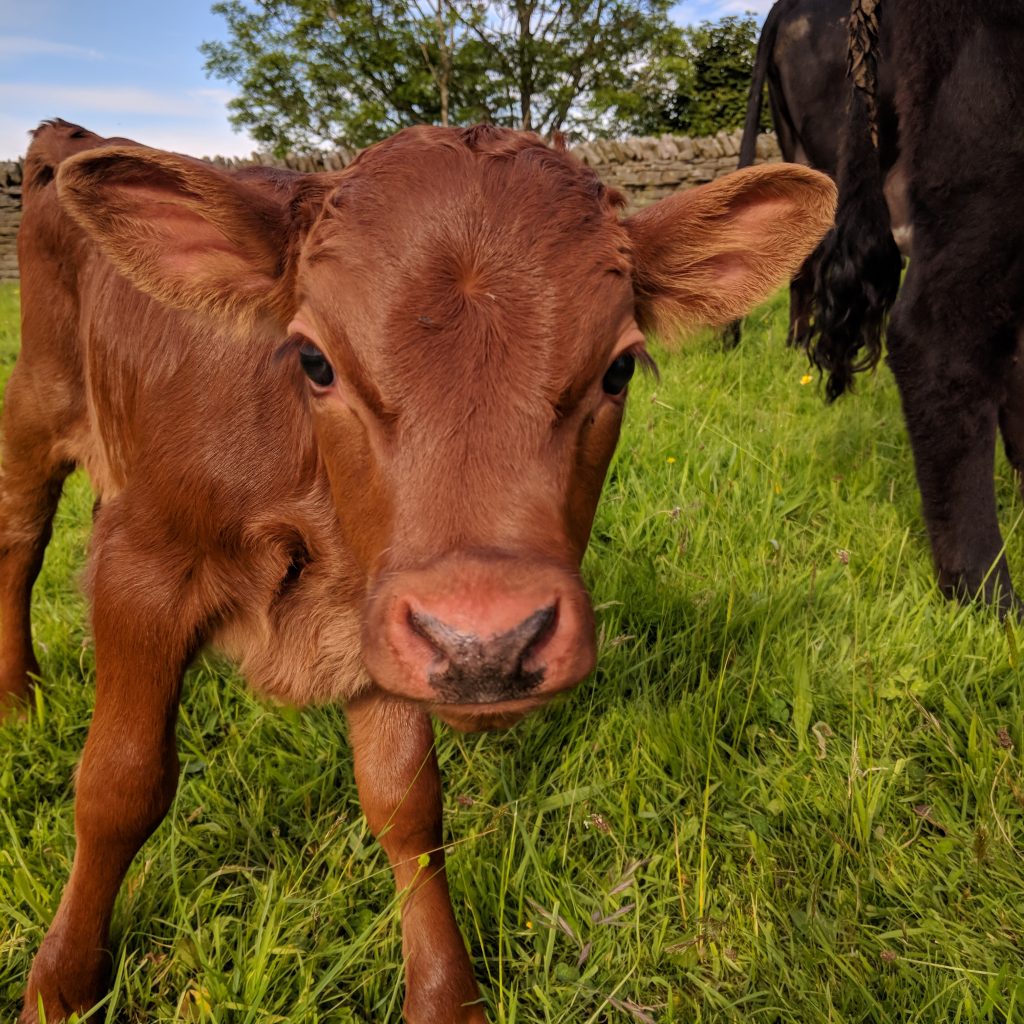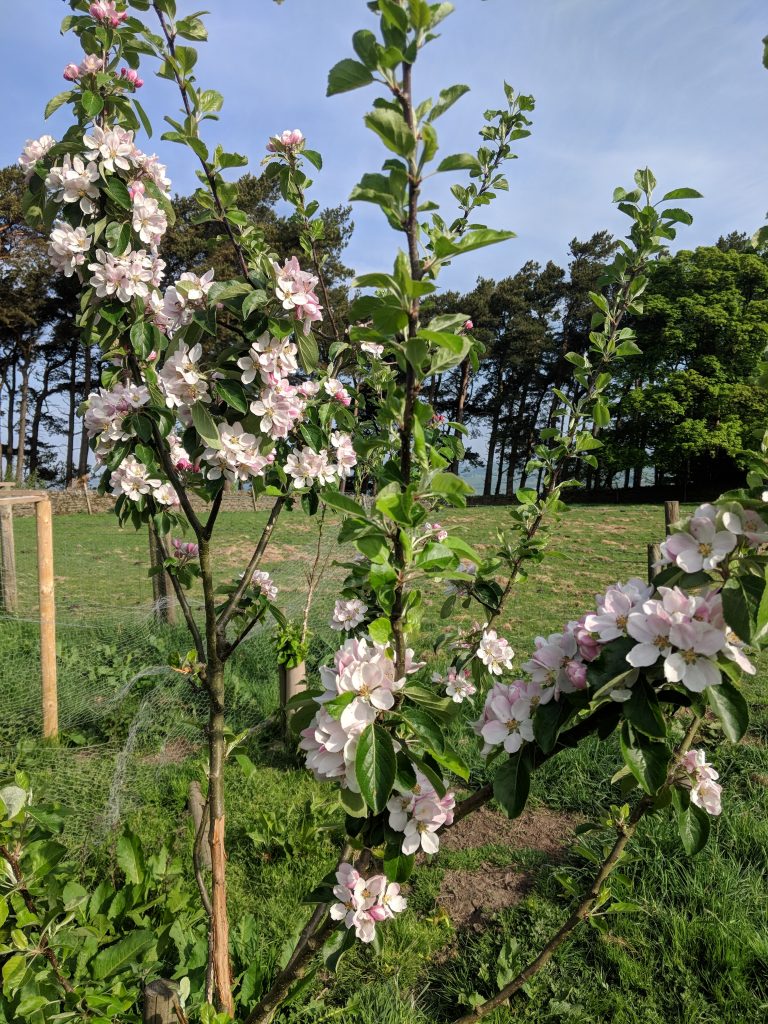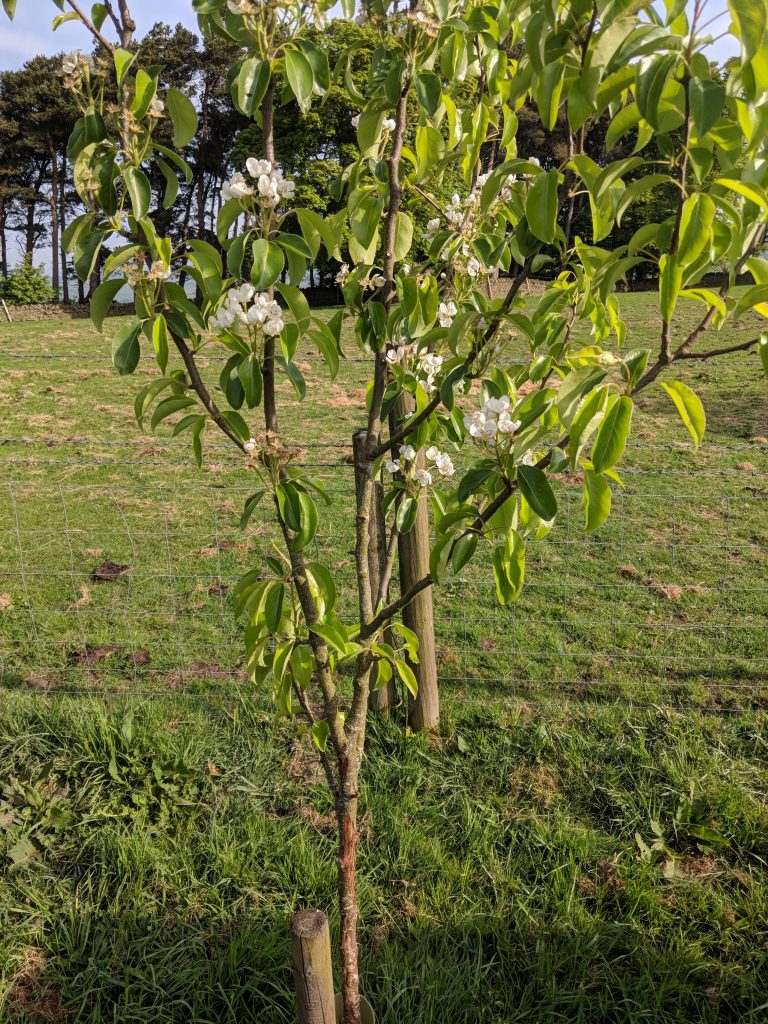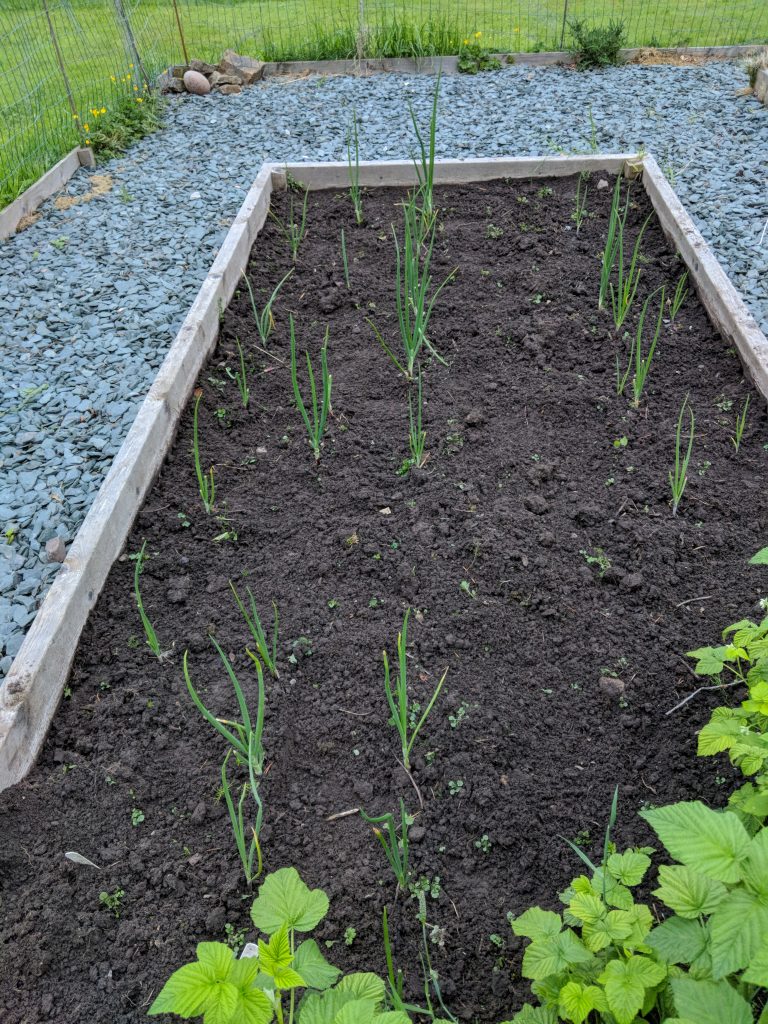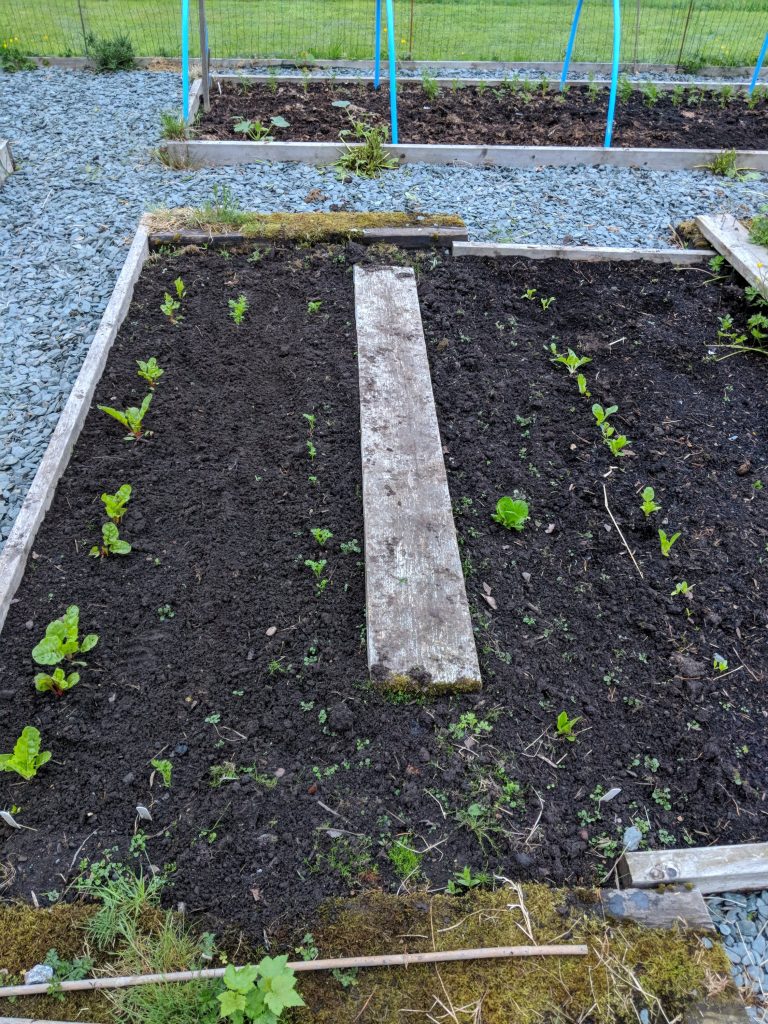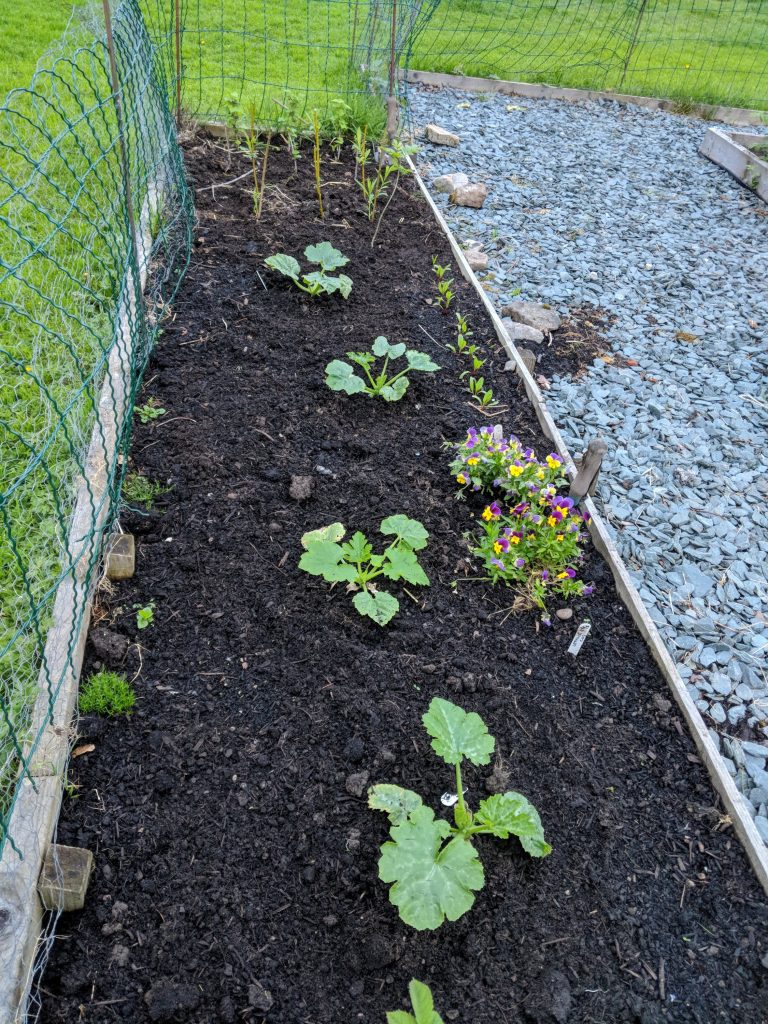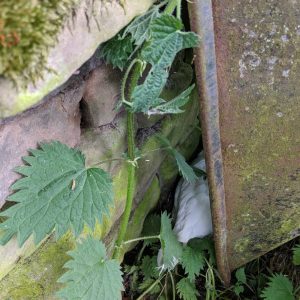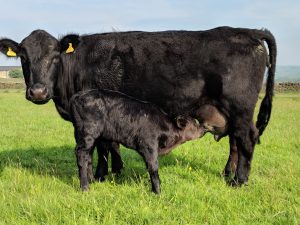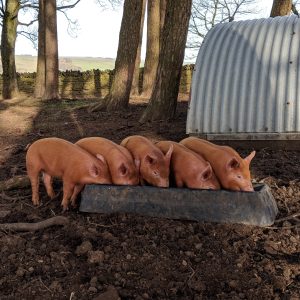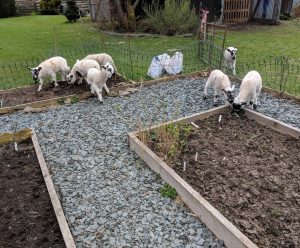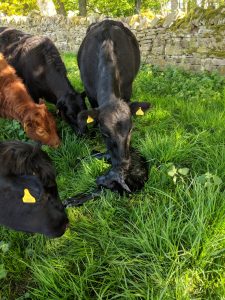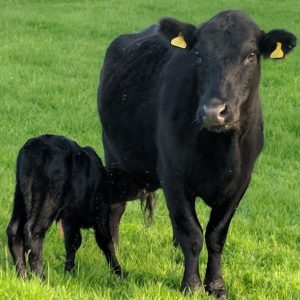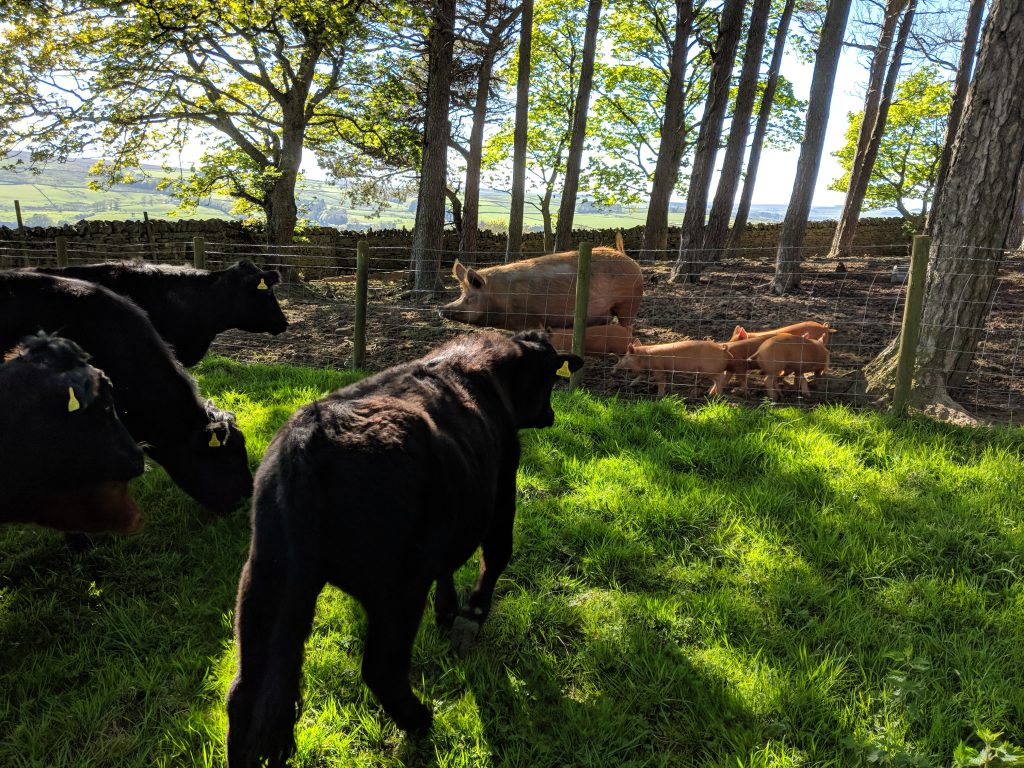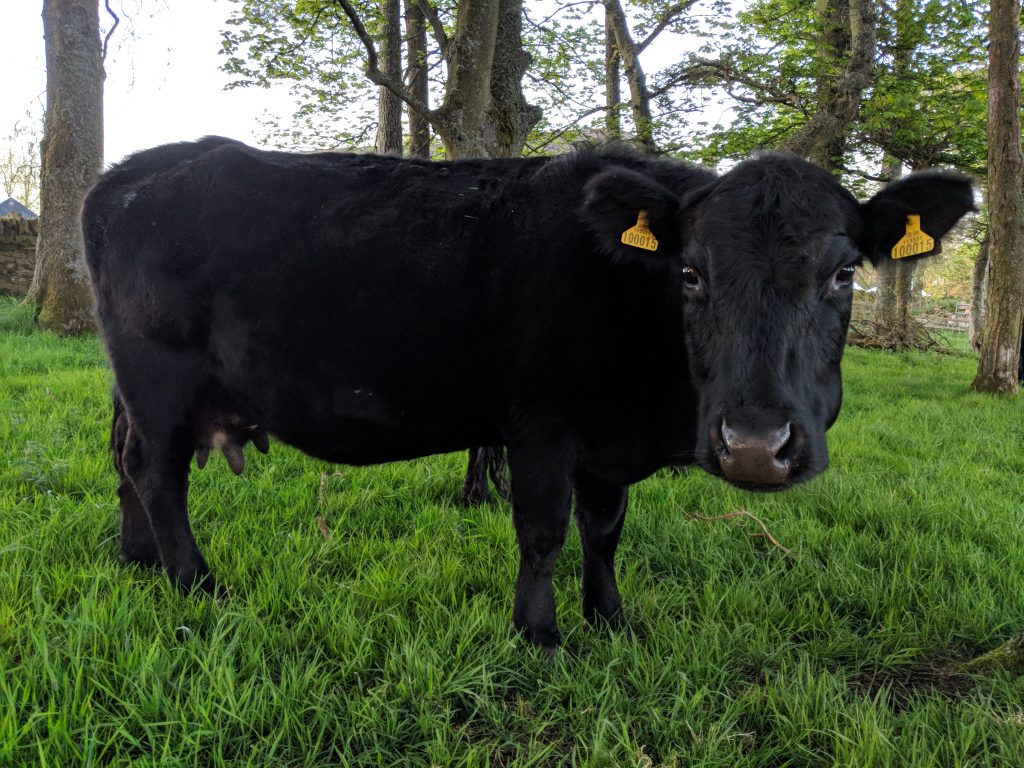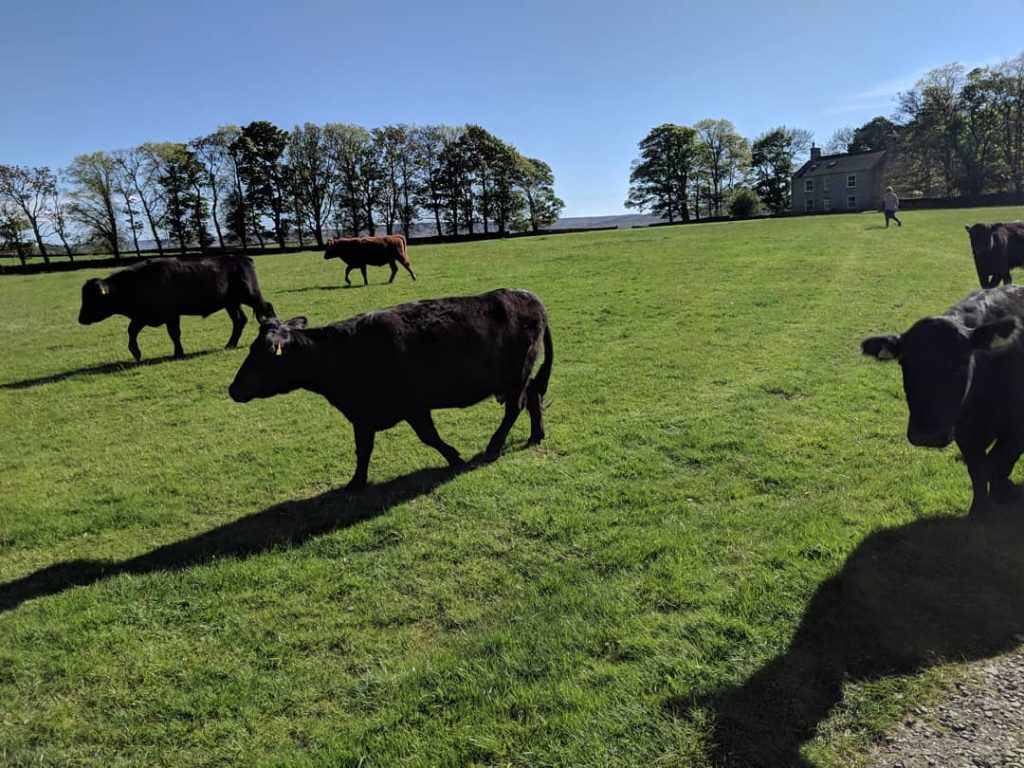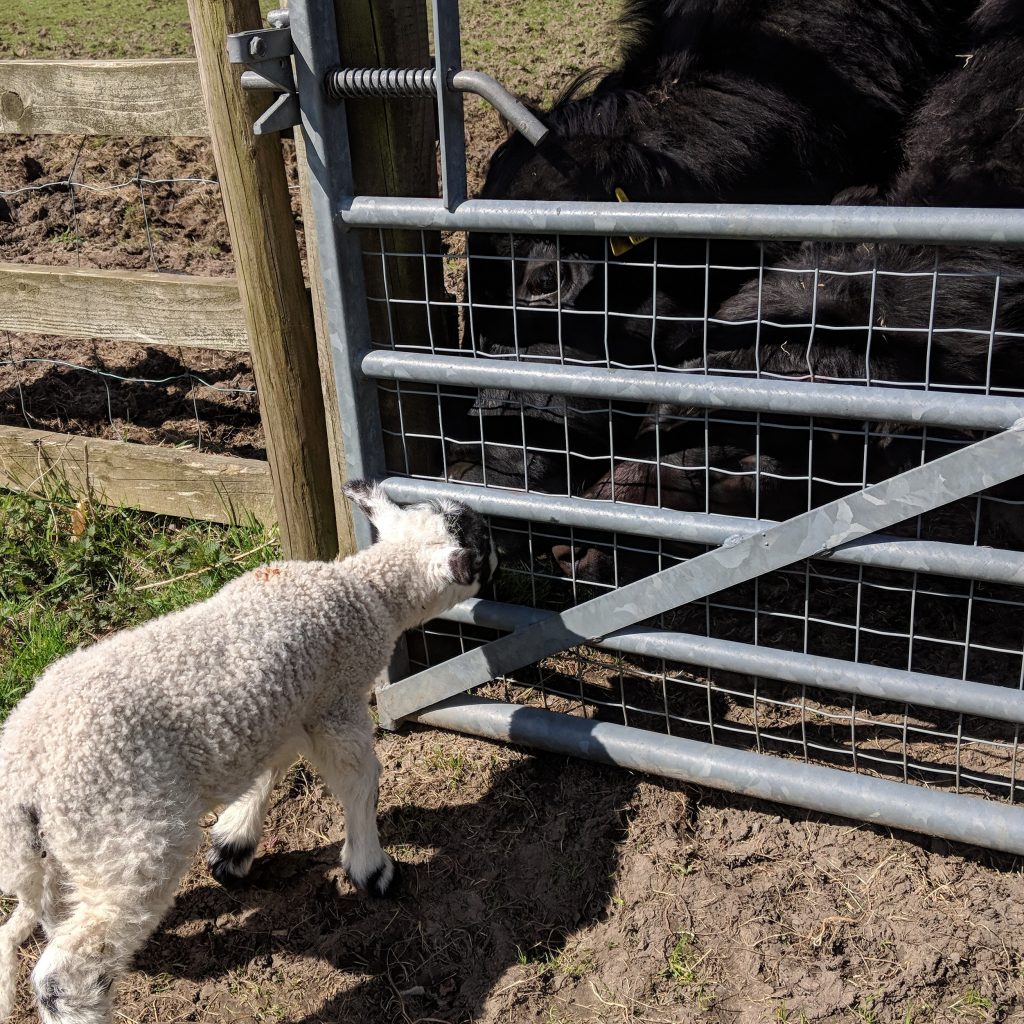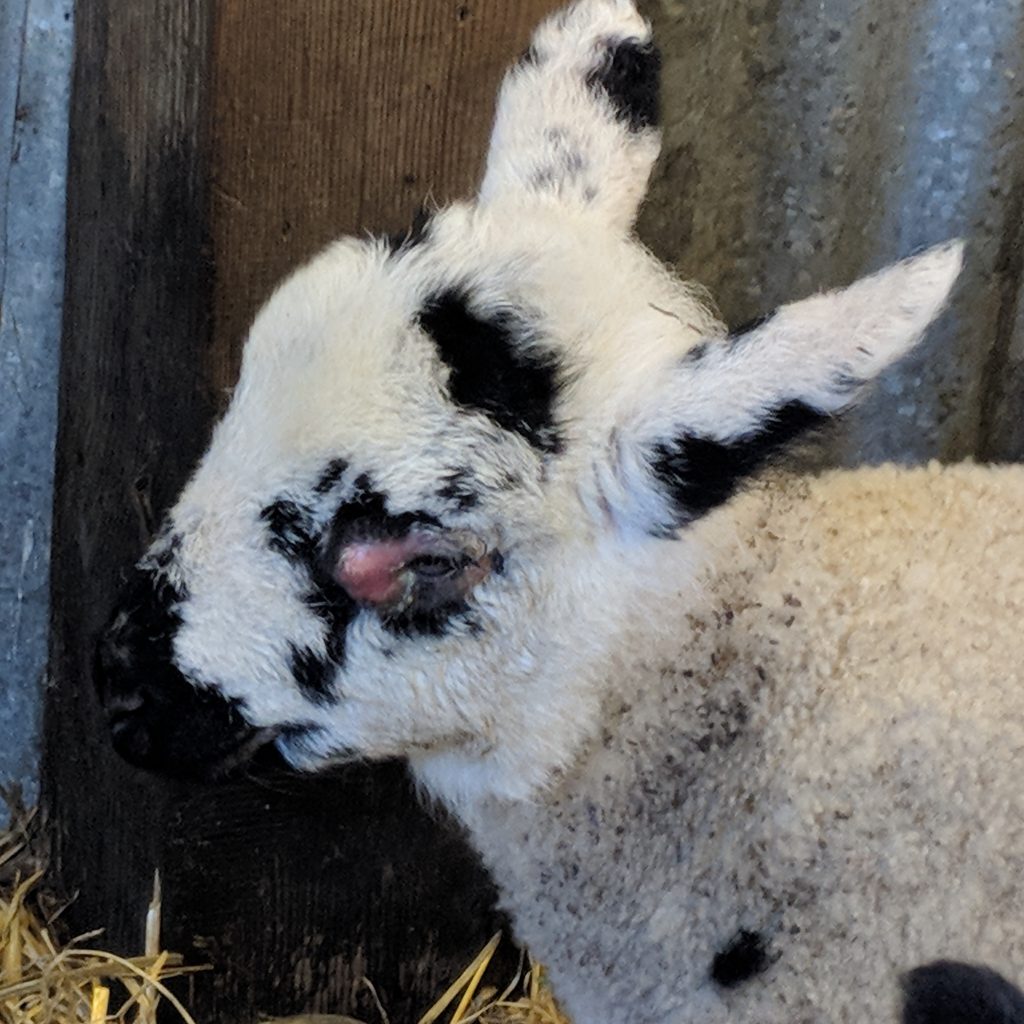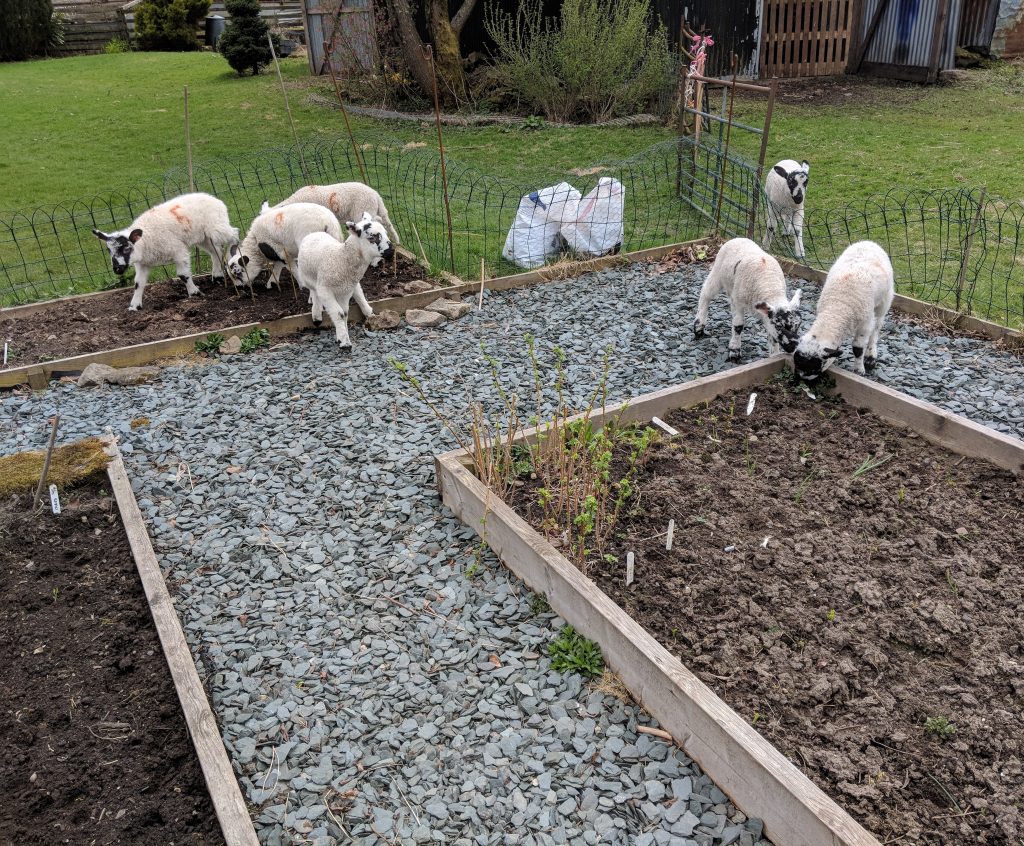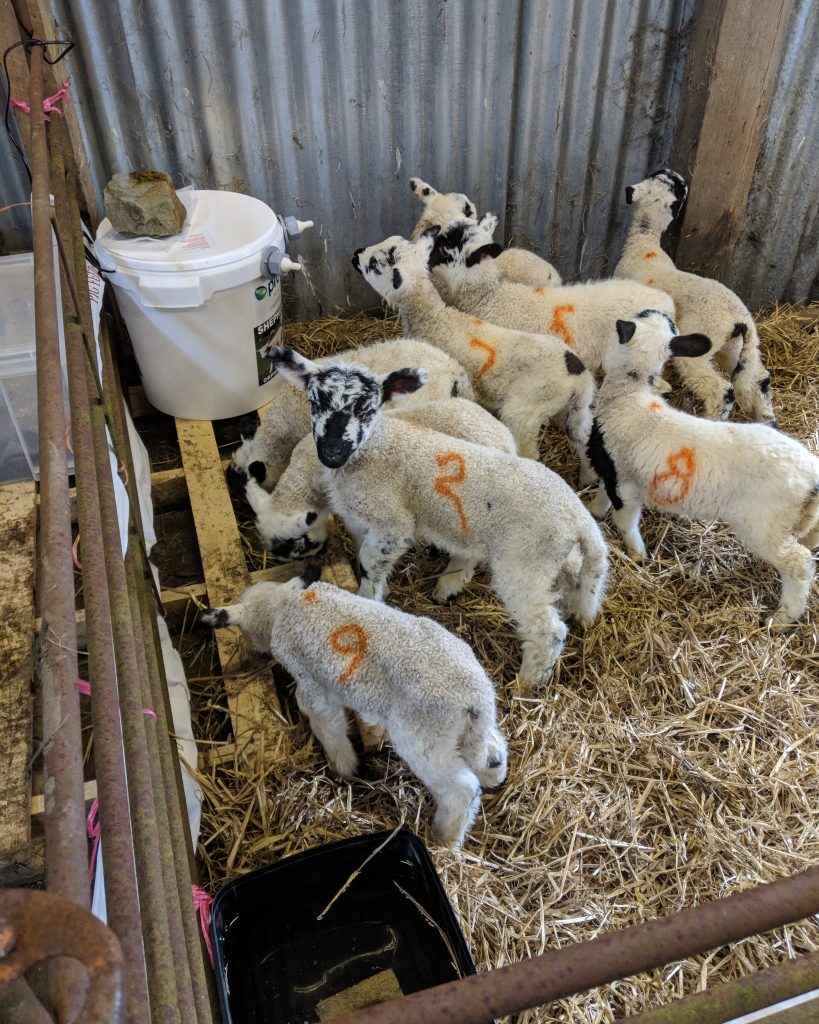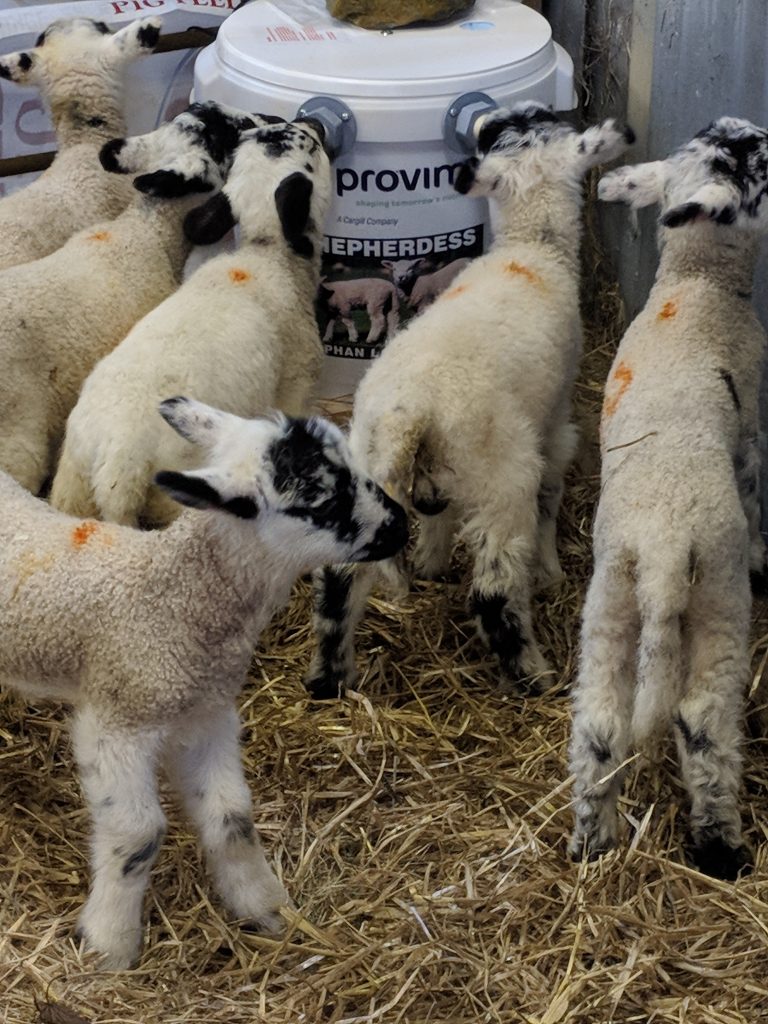Despite my best efforts with the calculations from the date of the AI, in the end Esther decided to hold on to her latest litter for an extra day or so. Past experience with her litters seemed to show that she was fairly reliable at 113 days but maybe she lost count this time!
After spending nearly the whole night with Esther on the Monday, I gave up waiting and went to bed around 5am for a couple of hours of sleep. She had been exhibiting all the usual signs for imminent farrowing – nesting with the bedding straw, restlessness etc – but apparently decided the time wasn’t right.
Even after a few years of breeding pigs I still can’t quite bring myself to leave the sows alone to get on with it themselves. There’s always a nagging thought in my mind that if someone is around then any complications that happen can get dealt with swiftly.
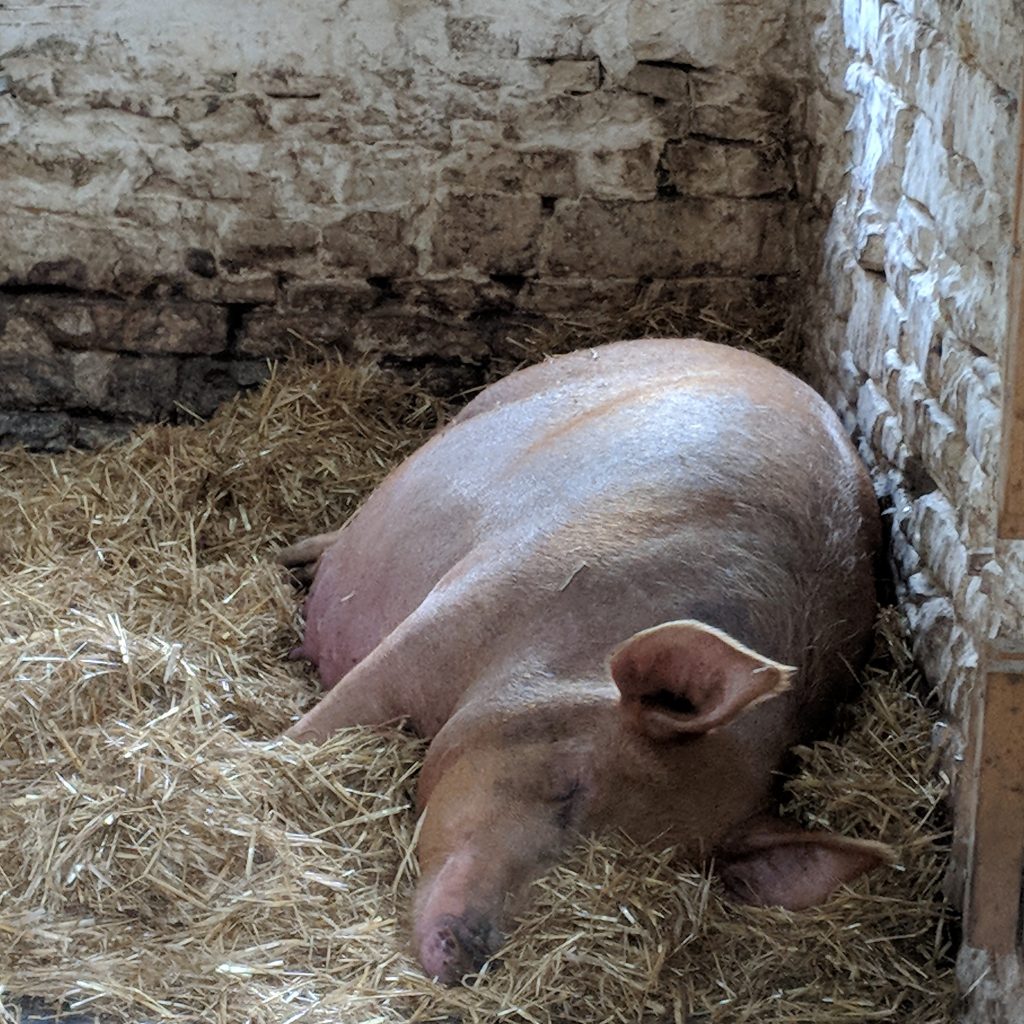
Through the morning on Tuesday we checked her roughly every hour or so until eventually she started delivering them at around 10am. Luckily we already had everything ready such as handy cloths, an iodine spray and even everything needed for helping any slightly weaker piglets
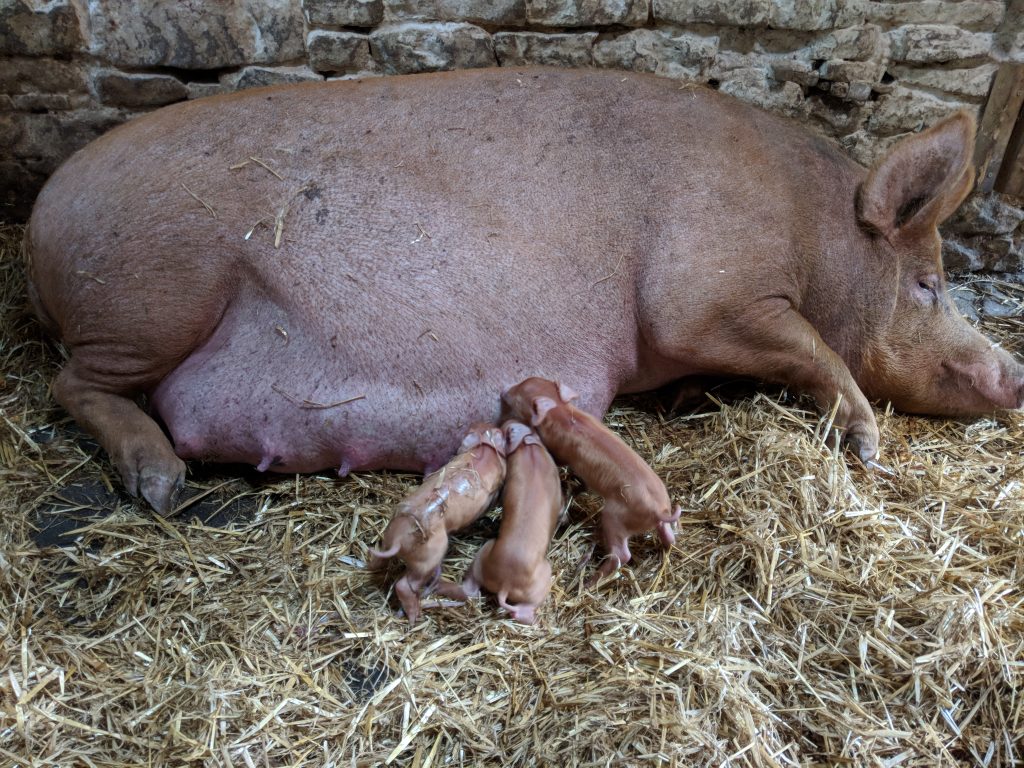
In the end, she produced a litter of 10 healthy piglets which is well above the average for the Tamworth breed. Sadly there were another 4 piglets either born dead or beyond saving but perhaps that’s for the best because 10 piglets are already quite demanding and so more would have been a greater strain on Esther.
There were a couple of piglets that were born alive but a little weak so they were immediately cleaned up and placed into the warming bag until they showed more signs of life. This is just a simple combination of a hot water bottle wrapped in a towel in the bottom of an insulated freezer bag but it really does work wonders.
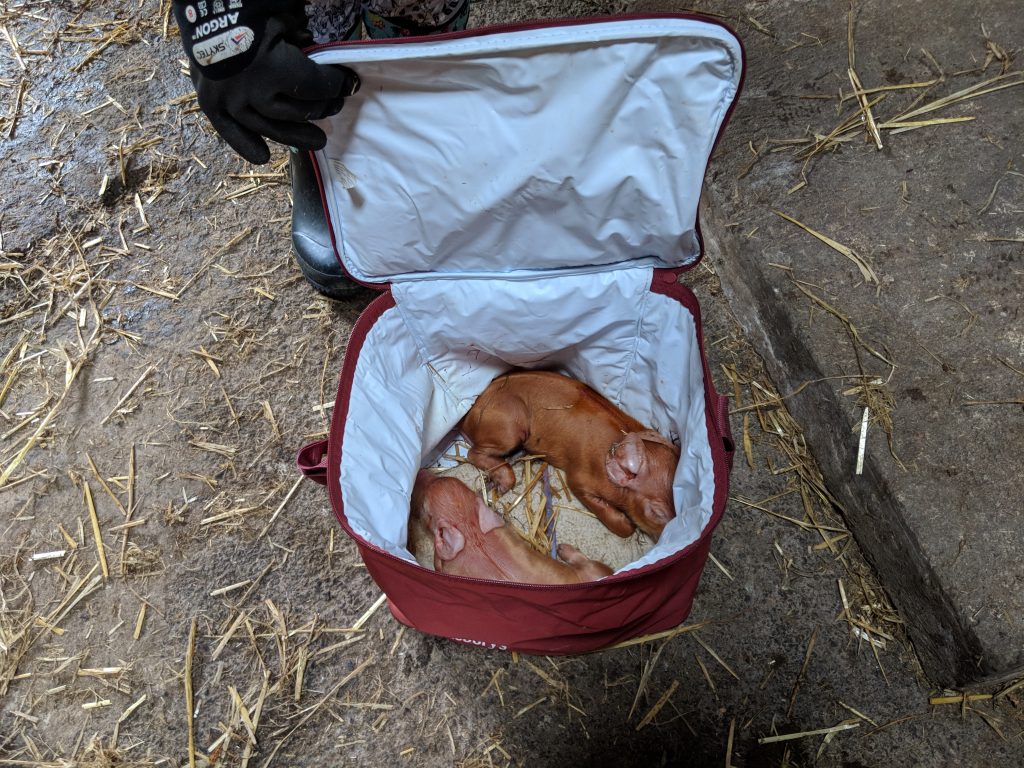
With this litter Esther has proved to be an even better mother than before and all 10 are feeding well. There was a little variation in sizes of the piglets at birth but even the smaller ones are doing well and able to fight their way on to a teat when needed. As time goes on any size differences will usually even out but we’ll certainly be keeping an eye on the smaller ones as they develop.
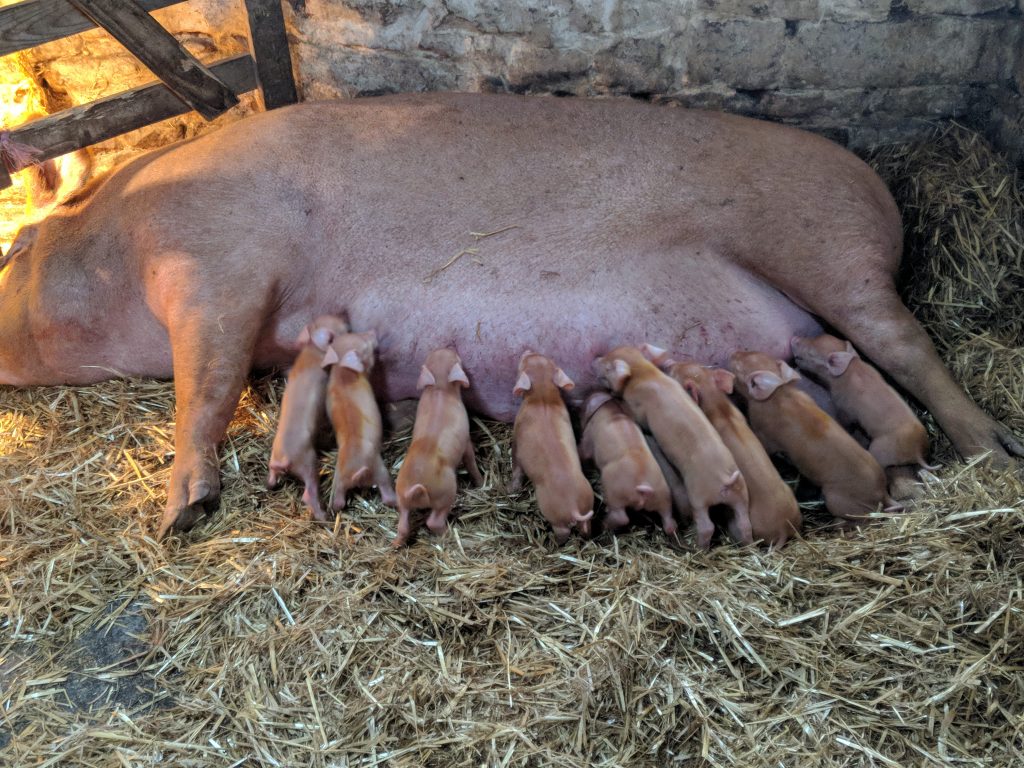
Even a few days after all the excitement of the farrowing, I still find myself stopping off at their shed to have a look and check on them. If I’m quiet I can even sneak into the shed while they’re all sleeping and grab a picture like this:
